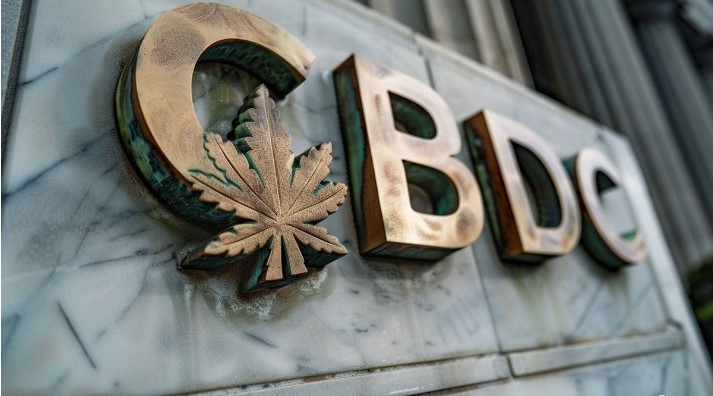According to Bitget Research, the losses in cryptocurrency due to deep fake tactics and scams are expected to exceed $25 billion in 2024, which is more than double the losses from the previous year
In a report released on June 27, the crypto exchange reported a 245% increase in the number of deep fakes worldwide in 2024, citing data from previous Sumsub research.
In the first quarter of 2024, Bitget discovered that the crypto industry experienced a 217% increase compared to Q1 2023. China, Germany, Ukraine, the United States, Vietnam, and the United Kingdom had the highest number of deep fakes detected.
Bitget reported that the first quarter saw a $6.3 billion decline in crypto due to increased deep fakes. It further stated that it anticipated losses to grow to $10 billion per quarter by 2025.
In a statement to Cointelegraph, Bitget CEO Gracy Chen stated, “Deepfakes are entering the crypto sector in force, and there is little we can do to prevent them without proper education and awareness.”

Intriguingly, the strategies of profound fake fraudsters have not evolved significantly over the years.
Ponzi schemes, phishing attacks, and phony projects are the most common crypto losses caused by deep fakes. These schemes employ deep fake technology to entice cryptocurrency investors.
This method has compensated for over half of all crypto losses associated with deep fakes in the past two years.
“By impersonating influential figures, these schemes generate the illusion of substantial project capitalization and credibility, thereby securing substantial investments from victims without conducting comprehensive due diligence,” stated Bitget Research.
Michael Saylor, the executive chairman of MicroStrategy, has been a favored target for fraudsters. In January, Saylor disclosed that his team eliminates approximately 80 artificial intelligence (AI)-generated fabricated videos of him daily, which are typically intended to advertise a Bitcoin-related fraud.
Bitget observed that deep fakes are employed in various other applications, such as cyber extortion, identity and impersonation fraud, and market manipulation. For instance, a fabricated news anchor or influencer statement influences a token’s price. Nevertheless, these constituted a significantly lesser proportion than crypto scams.
An estimated 70% of cryptocurrency offenses may involve deep fakes.
Bitget predicts that the percentage of deep fakes utilized in crypto offenses could reach 70% by 2026 if no effective measures are implemented.
Ryan Lee, chief analyst at Bitget Research, stated to Cointelegraph that criminals progressively utilize fake photos, videos, and audio to influence their victims significantly.
“For example, a video that impersonates an individual close to the victim could be crucial for fraudsters, while a fabricated video of an influencer could serve as an ancillary tool to increase investor confidence in a scam project.”
Lee is confident that using AI-powered voice impersonators is one of the most pressing concerns regarding deep fake technology. These devices enable fraudsters to contact users, posing as their relatives, and request money.
Another potential threat is deepfakes, designed to evade Know Your Customer (KYC) protocols to obtain unauthorized access to a user’s funds.
Lee stated that exchanges should prioritize their KYC systems’ “Proof of Life” features at this time.
“This feature essentially verifies that the user is a genuine individual, rather than a static image or video, by utilizing real-time actions such as blinking, moving, or secondary ‘Proof of Life’ requests.”
“We notify all of our users upon registration that we employ sophisticated AI solutions to detect and prevent instances of deepfake usage promptly,” he continued.



